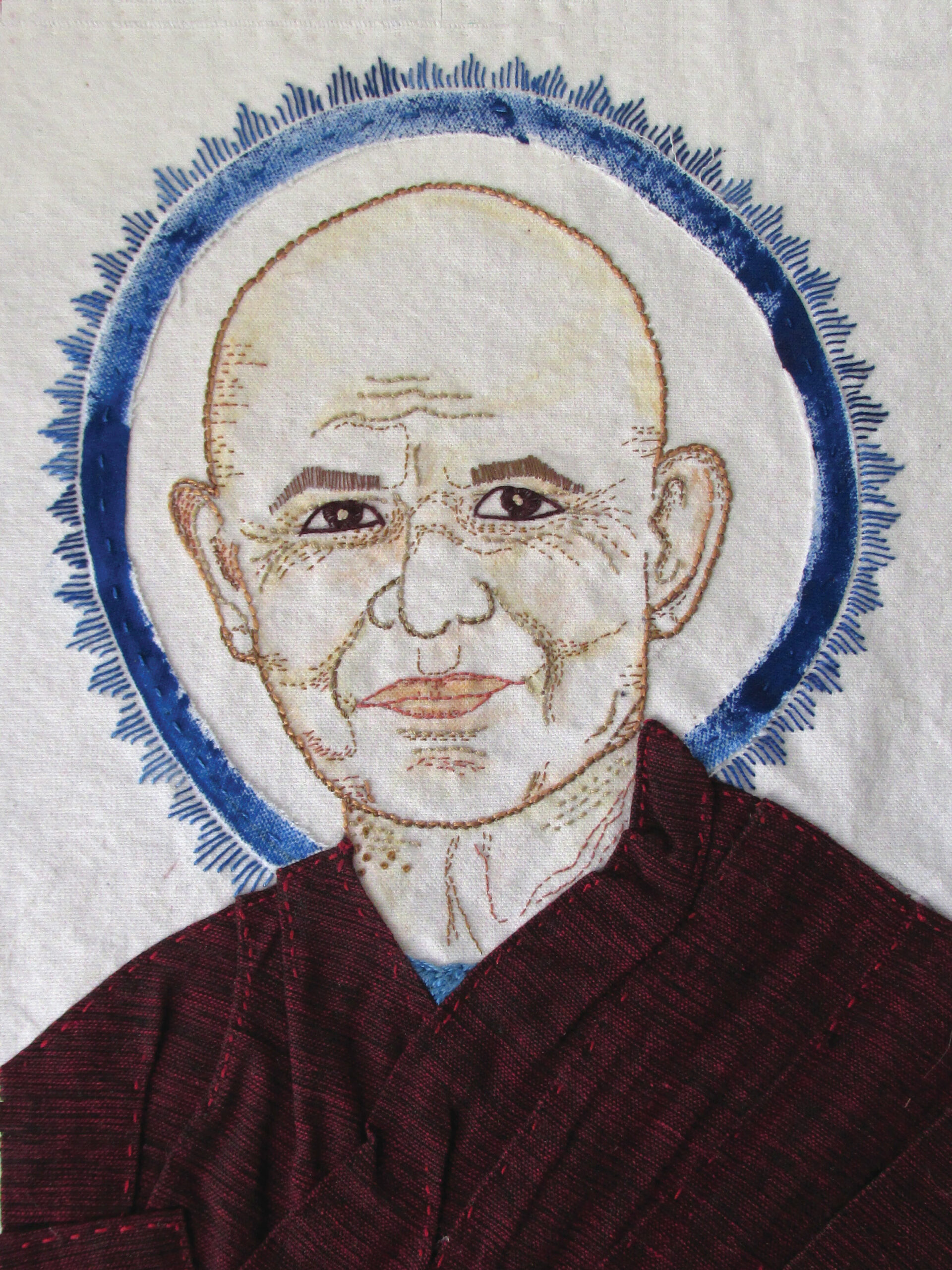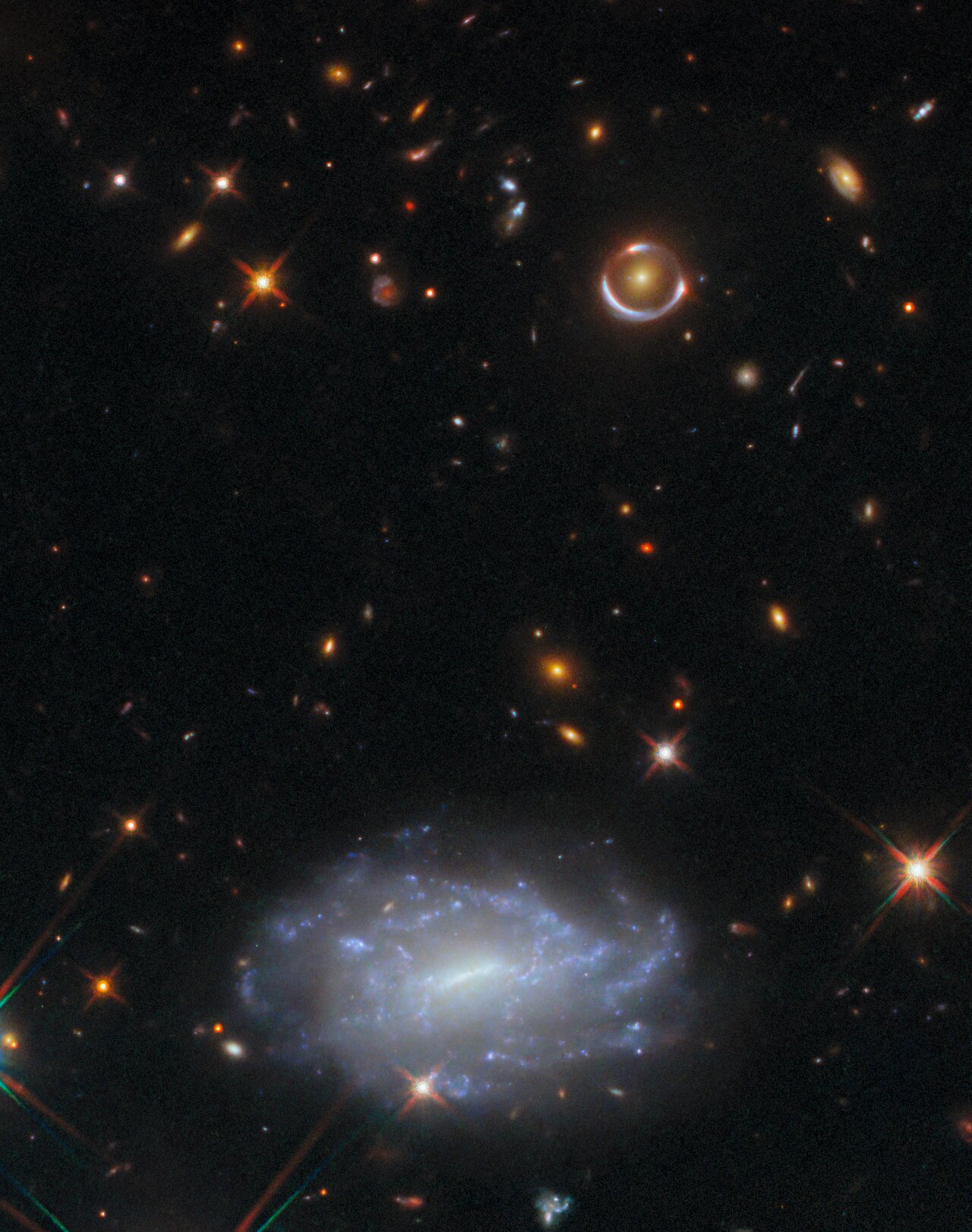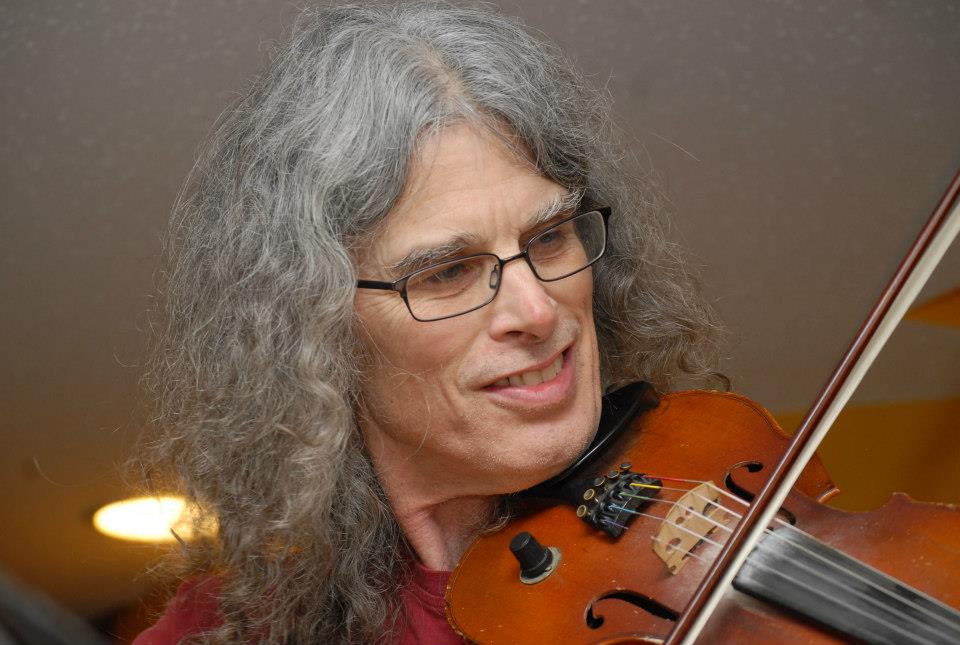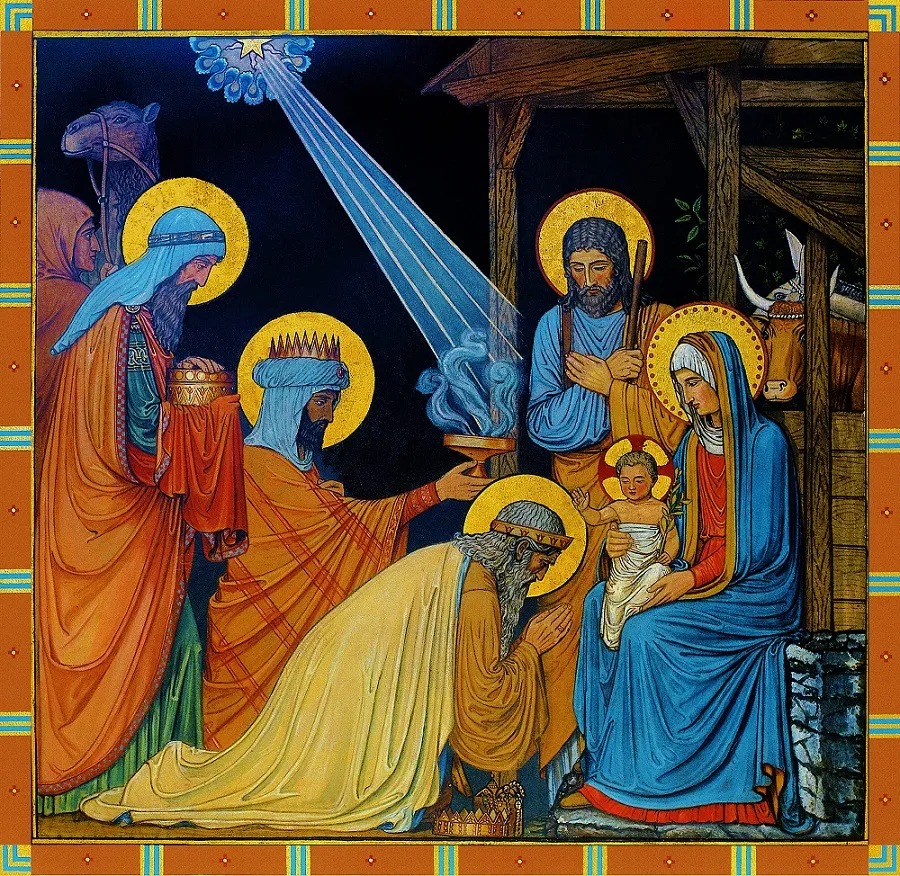Blog
Kenneth Clark Loggins (born January 7, 1948) is an American singer, songwriter, and guitarist. His early songs were recorded with the Nitty Gritty Dirt Band in 1970,which led to seven albums recorded with Jim Messina as Loggins and Messina from 1972 to 1977. His early soundtrack contributions date back to A Star Is Born in 1976, and he is known as the “King of the Movie Soundtrack“. As a solo artist, Loggins experienced a string of soundtrack successes, including an Academy Award nomination for “Footloose” in 1985. Finally Home was released in 2013, shortly after Loggins formed the group Blue Sky Riders with Gary Burr and Georgia Middleman. He won a Daytime Emmy Award, two Grammy Awards and was nominated for an Academy Award, a Tony Award and a Golden Globe Award.
more...Eldee Young (January 7, 1936 – February 12, 2007) was a jazz double-bass and cello player who performed in the cool jazz, post bop and rhythm and blues mediums.
Born in 1936 in Chicago, Illinois, Young started playing upright bass at the age of 13. He was helped by his eldest brother who played guitar. He joined the Ramsey Lewis Trio in 1955. After a decade together he split along with bandmate, Isaac “Red” Holt to form the Young-Holt Trio. They changed their name to Young-Holt Unlimited in 1968. After they split in 1974, Young continued playing, mainly with small groups in Chicago.
He also played with pianist Jeremy Monteiro for more than 20 years. Young also appeared on the albums of James Moody and Eden Atwood, among others. Young died in Bangkok, Thailand, from a heart attack at age 71.
more...Bobo Jenkins (January 7, 1916 – August 14, 1984 Forkland, AL) was an American Detroit bluesand electric blues guitarist, singer and songwriter. He also built and set up his own recording studio and record label in Detroit. Jenkins is best known for his recordingsof “Democrat Blues” and “Tell Me Where You Stayed Last Night”.
more...Henry James “Red” Allen Jr. (January 7, 1908 – April 17, 1967) was an American jazztrumpeter and vocalist whose playing has been claimed by Joachim-Ernst Berendt and others as the first to fully incorporate the innovations of Louis Armstrong. Allen’s career began in Sidney Desvigne‘s Southern Syncopators. He was playing professionally by 1924 with the Excelsior Brass Band and the jazz dance bands of Sam Morgan, George Lewis and John Casimir. After playing on riverboats on the Mississippi River, he went to Chicago in 1927 to join King Oliver‘s band. Around this time he made recordings on the side in the band of Clarence Williams.
more...
Luciano Pozo González (January 7, 1915 – December 3, 1948), known professionally as Chano Pozo, was a Cuban jazz percussionist, singer, dancer, and composer. Despite only living to the age of 33, he played a major role in the founding of Latin jazz. He co-wrote some of Dizzy Gillespie‘s Latin-flavored compositions, such as “Manteca” and “Tin Tin Deo“, and was the first Latin percussionist in Gillespie’s band. According to Rebeca Mauleón, “Few percussionists have played as integral a role in shaping Latin music as Luciano ‘Chano’ Pozo González”.
Chano Pozo was shot and killed on December 2, 1948, in the El Rio Bar at 111th Street and Lenox Avenue in Harlem. The El Rio Bar no longer exists — even the small triangular block where it was located has been removed. Pozo’s killer was a local bookie, marijuana dealer, and fellow Cuban named Eusebio “Cabito” (Little Corporal) Muñoz. Pozo is buried in the Colón Cemetery, Havana.
more...
This week’s NASA/ESA Hubble Space Telescope Picture of the Week shows a tiny patch of sky in the constellation Hydra. The stars and galaxies depicted here span a mind-bending range of distances. Nearest to us in this image are stars within our own Milky Way galaxy, which are marked by diffraction spikes. The bright star that sits just at the edge of the prominent bluish galaxy is only 3230 light-years away, as measured by ESA’s Gaia space observatory.
Behind this star is a galaxy named LEDA 803211. At 622 million light-years distant, this galaxy is close enough that its bright galactic nucleus is clearly visible, as are numerous star clusters scattered around its patchy disc. Many of the more distant galaxies in this frame appear star-like, with no discernible structure, but without the diffraction spikes of a star in our galaxy.
Of all the galaxies in this frame, one pair stands out in particular: a smooth golden galaxy encircled by a nearly complete ring in the upper-right corner of the image. This curious configuration is the result of gravitational lensing, in which the light from a distant object is warped and magnified by the gravity of a massive foreground object, like a galaxy or a cluster of galaxies. Einstein predicted the curving of spacetime by matter in his general theory of relativity, and galaxies seemingly stretched into rings like the one in this image are called Einstein rings.
The lensed galaxy, whose image we see as the ring, lies incredibly far away from Earth: we are seeing it as it was when the Universe was just 2.5 billion years old. The galaxy acting as the gravitational lens itself is likely much closer. A nearly perfect alignment of the two galaxies is necessary to give us this rare kind of glimpse into galactic life in the early days of the Universe.
[Image Description: Many mostly small, bright objects scattered over a dark background in space. In the top half on the right is an elliptical galaxy, a round light larger than the others, with a slightly warped ring of light around it. In the bottom half there is a barred spiral galaxy, big enough that we can see its bluish arms and its core in detail. Other objects include distant galaxies and nearby stars.]

Alexandra Elene MacLean Denny (6 January 1947 – 21 April 1978) was an English singer-songwriter who was lead singer of the British folk rock band Fairport Convention. She has been described as “the pre-eminent British folk rock singer”.
After briefly working with the Strawbs, Denny joined Fairport Convention in 1968, remaining with them until 1969. She formed the short-lived band Fotheringay in 1970, before focusing on a solo career. Between 1971 and 1977, Denny released four solo albums: The North Star Grassman and the Ravens, Sandy, Like an Old Fashioned Waltz and Rendezvous. She also duetted with Robert Plant on “The Battle of Evermore” for Led Zeppelin‘s album Led Zeppelin IV in 1971. Denny died in 1978 at the age of 31 from head injuries sustained as a result of a fall down a flight of stairs.
Music publications Uncut and Mojo have described Denny as Britain’s finest female singer-songwriter. Her composition “Who Knows Where the Time Goes?” has been recorded by Judy Collins, Eva Cassidy, Nina Simone, Mary Black, Kate Wolf, Nanci Griffith, 10,000 Maniacs and Cat Power. Her recorded work has been the subject of numerous reissues, along with a wealth of previously unreleased material which has appeared over the more than 40 years since her death, including a 19-CD box set released in November 2010.
In January 2023, Denny was ranked #164 on Rolling Stone‘s list of the 200 Greatest Singers of All Time. She died on 21 April 1978 without regaining consciousness. Her death was ruled to be the result of a traumatic mid-brain haemorrhage and blunt force trauma to her head. She was 31 years old.
more...Ebo Taylor (born 1936) is a Ghanaian guitarist, composer, bandleader, record producer and arranger focusing on highlife and afrobeat music.
Taylor has been a pivotal figure on the Ghanaian music scene for over six decades. In the late 1950s he was active in the influential highlife bands the Stargazers and the Broadway Dance Band. In 1962, Taylor took his group, the Black Star Highlife Band, to London. In London, Taylor collaborated with Nigerian afrobeat Initiator Fela Kuti as well as other African musicians in Britain at the time.
more...Earl Eugene Scruggs (January 6, 1924 – March 28, 2012) was an American musician noted for popularizing a three-finger banjo picking style, now called “Scruggs style“, which is a defining characteristic of bluegrass music. His three-finger style of playing was radically different from the traditional way the five-string banjo had previously been played. This new style of playing became popular and elevated the banjo from its previous role as a background rhythm instrument to featured solo status. He popularized the instrument across several genres of music.
Scruggs’ career began at age 21 when he was hired to play in Bill Monroe‘s band, the Blue Grass Boys. “Bluegrass” eventually became the name for an entire genre of country music. Despite considerable success with Monroe, performing on the Grand Ole Opry and recording classic hits such as “Blue Moon of Kentucky“, Scruggs resigned from the group in 1948 because of their exhausting touring schedule. Fellow band member Lester Flatt resigned as well, and he and Scruggs later paired up in the duo Flatt and Scruggs. Scruggs’ banjo instrumental “Foggy Mountain Breakdown” was recorded in December 1949 and released in March 1950. The song became an enduring hit. The song experienced a rebirth of popularity to a younger generation when it was featured in the 1967 film Bonnie and Clyde. The song won two Grammy Awardsand, in 2005, was selected for the Library of Congress’ National Recording Registry of works of unusual merit.
Flatt and Scruggs brought bluegrass music into mainstream popularity in the early 1960s with their country hit “The Ballad of Jed Clampett“, the theme music for the television sitcom The Beverly Hillbillies—the first Scruggs recording to reach number one on the Billboard charts. Over their 20-year association, Flatt and Scruggs recorded over 50 albums and 75 singles. The duo broke up in 1969, chiefly because, while Scruggs wanted to switch styles to fit a more modern sound, Flatt was a traditionalist who opposed the change and believed doing so would alienate a fan base of bluegrass purists. Although each of them formed a new band to match their visions, neither of them ever regained the success they had achieved as a team.
Scruggs received four Grammy awards, a Grammy Lifetime Achievement Award and a National Medal of Arts. He became a member of the International Bluegrass Music Hall of Fame and was given a star on the Hollywood Walk of Fame. In 1985, Flatt and Scruggs were inducted together into the Country Music Hall of Fame and named, as a duo, number 24 on CMT‘s “40 Greatest Men of Country Music”. Scruggs was awarded a National Heritage Fellowship by the National Endowment for the Arts, the highest honor in the folk and traditional arts in the United States. Four works by Scruggs have been placed in the Grammy Hall of Fame. After Scruggs’ death in 2012 at age 88, the Earl Scruggs Center was founded in Shelby, North Carolina, near his birthplace with the aid of a federal grant and corporate donors. The center is a $5.5 million facility that features the musical contributions of Scruggs and serves as an educational center providing classes and field trips for students.
more...Live church service on Sunday 1-5-25 with music director Van Nixon accompanied by Kathy Nixon, Onesmo Kibira and mick laBriola

The Drum Cage
Complete Service
more...
Sunday January 5th 2025 10am service conducted by Van Nixon with Kathy Nixon, Onesmo Kibira and mick laBriola.
more...More Posts
- Music for Surviving the Pandemic
- The Cosmos with LDN 1471
- Bob Seger Day
- David Friesen Day
- Eddie C. Campbell Day
- World Music with Saishang Qu
- Daily Roots with Chuck Fender
- Music for Surviving the Pandemic
- The Cosmos with M77
- Marija Šestić Day
- Stanley Cowell Day
- J.B. Lenoir Day
- Blind Willie McTell Day
- World Music with Tamikrest
- Daily Roots with Armageddon Clash
- Music for Surviving the Pandemic
- Idir Memorial
- Richie Cole Memorial
- The Cosmos with CW Tauri: [B77] 71 (Bernes)
- Sonny Payne Day

